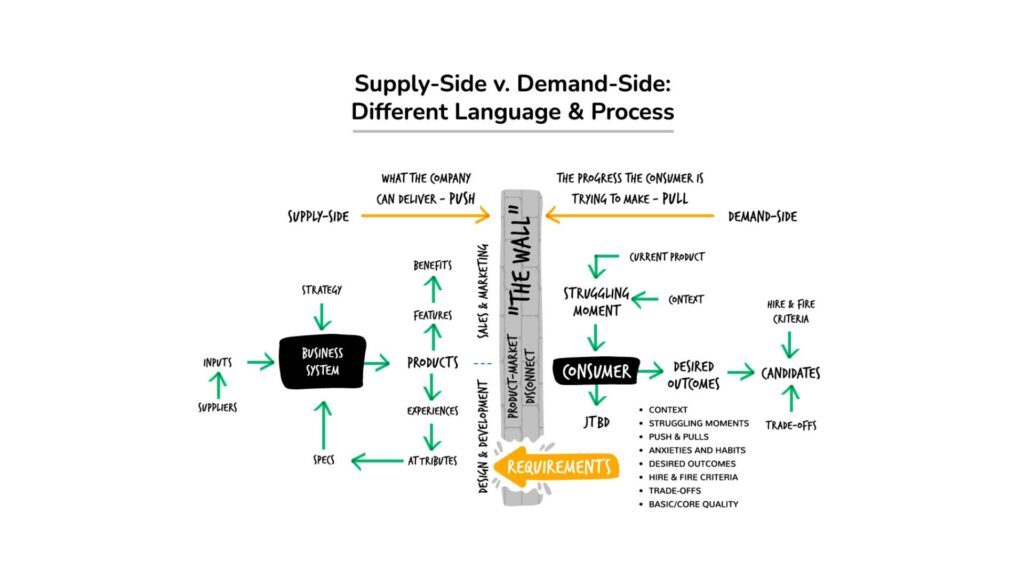An inventor discovers something completely new.
It’s patentable. It solves one problem for one person. An inventor creates something that has never been done before. Inventors tend to be academically smart, and they value the uniqueness of their idea above all else.
But they usually have no idea how their invention is going to help anybody. A Segway is a good example of an invention. It’s a completely new idea, but it hasn’t been widely adopted or accepted because it doesn’t solve a problem on a large scale.
An innovator, on the other hand, focuses on society as a whole, looking for ways to help people do better.
An innovator says, “I know there are tons of email programs, but I’m going to build a better one because the existing programs suck for these reasons…” Innovators want to help people be unstuck.
The iPhone is a good example of an innovation. If you think about it, nothing in the iPhone was new to the world of technology, but it fundamentally changed the world. It’s been adopted by hundreds of millions of people.
In our Learning to Build workshops, we regularly deep dive into the topic of of innovation.
To me, there’s two sides to innovation. There’s the supply side – the technology, the engineering, the physics behind things. And then there’s the demand-side that’s routed in customer behavior.

Humans are creatures of habit.
We do the same thing every day, and will only change when we recognise there’s a better way of doing things. An innovator is someone who understands that there’s this two sided thing. Real innovation happens on the demand-side first with the struggling moment.
Whether you’re an entrepreneur, a software developer, or somebody who likes to tinker, innovation is the notion of solving a struggling moment and helping people at scale. Learn how to unpack the word innovation.
So, who makes the best innovators?
In school, I was taught that to be an innovator, you needed to be the smartest, most knowledgeable person in the room on a particular subject. Great innovators had depth of knowledge.
But over time, I realized that experts were overly biased, and it actually got in the way of innovation because it caused them to assume aspects were understood to a greater extent than the reality. The truth is that there’s more unknown on almost any subject than is known.
Ultimately, I’ve found that the key to successful innovation is not a solid base knowledge on the subject matter.
Instead, successful innovation requires thinking, methods, tools, and frameworks for framing problems, experimenting, and designing solutions, combined with hard work.
The five main skills all innovators need to build the right products for their customers.
- Empathetic Perspective: people with this skill can detach from their own perspective and see the subtle differences between the many different perspectives surrounding their thing—internally and externally.
- Uncovering Demand: people with this skill can detach from their product or service and look at the demand-side of the equation—seeing struggles, context, and outcomes.
- Causal Structures: people with this skill have a dominant view of how the world works based in cause and effect.
- Prototyping to Learn: people with this skill know that they do not have all the answers and run tests to get empirical data to discover and build new theory instead of relying on existing theory and testing hypotheses.
- Making Tradeoffs: people with this skill understand that they cannot do everything and are skilled at making essential tradeoffs to launch a product that is not perfect.
You can learn more about how to develop these skills in my book, Learning to Build.